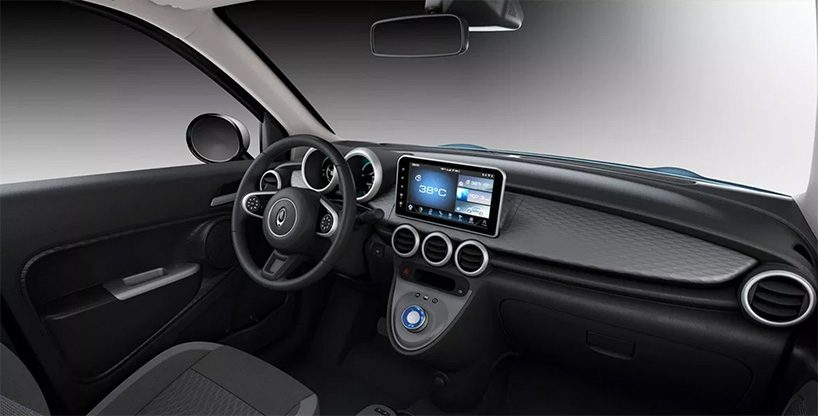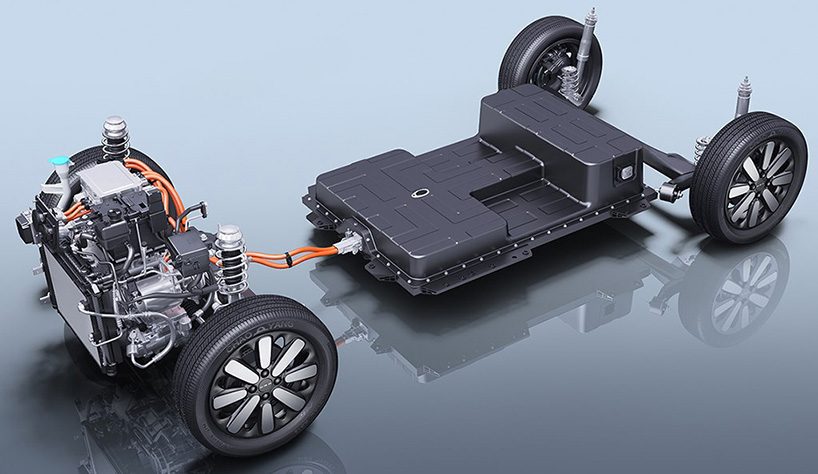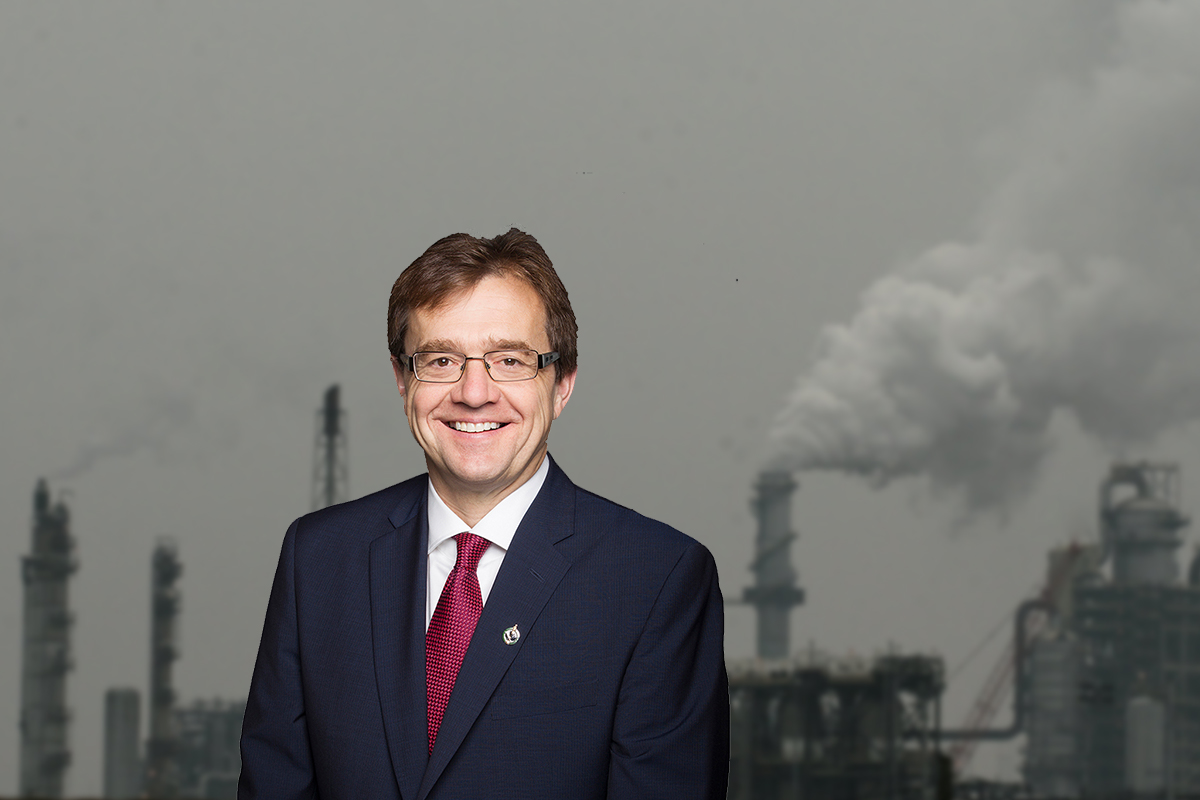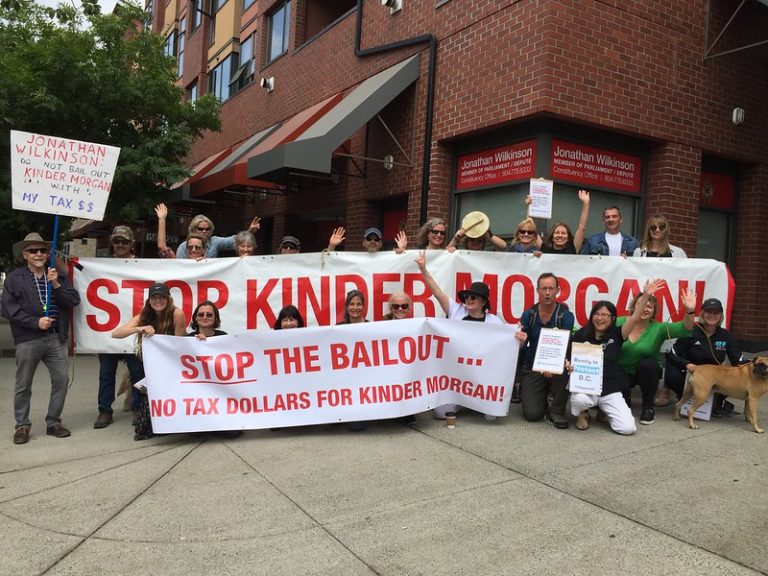This past month there have been eight reported homeless deaths in the City of Toronto.

This past month there have been eight reported homeless deaths in the City of Toronto.
The City has failed to shelter the most vulnerable. All seven Respite Centres are full, the two 24-hour women’s drop-ins and the Out of the Cold program are over capacity on many nights. The Assessment and Referral Centre on Peter Street is unable to operate as a referral centre as there are insufficient beds in the system.
Instead, fifty people sleep in chairs there each night. They are the lucky ones. Hundreds upon hundreds of people are forced to sleep outside due to failed shelter and housing policies. They are in grave danger. Their precarious situation has been exacerbated by the onslaught of an early winter leaving them completely exposed and vulnerable.
A walk through the city confirms what front-line workers are telling us: there have never been this many people sleeping in our streets and parks before. The number of beds the City plans to bring on-line will not be sufficient to accommodate those in need. Furthermore, during an Extreme Cold Weather Alert there is only one Warming Centre that sleeps 50 people for the entire City.
In order to prevent more deaths and suffering, we request that you enact the City of Toronto Emergency Plan immediately.
WHY THE CITY OF TORONTO EMERGENCY PLAN IS THE ONLY RESPONSE
The aim of the City of Toronto Emergency Plan is to provide the framework for extraordinary arrangements and measures that can be taken to protect the health, safety and welfare of the inhabitants of the City of Toronto. It would allow the Mayor to:
1. Make a formal statement declaring that homelessness and the social housing situation are an emergency necessitating immediate action.
2. Request help from the Federal and Provincial governments for funding and resources necessary to deal with this deadly crisis.
3. Establish an Emergency Task Force from relevant departments at the City, including Public Health; Shelter, Support and Housing Administration; Emergency Management; Real Estate; Parks, Forestry and Recreation; for the purpose of resolving issues related to the crisis.
4. Create a Building Team from all three levels of government that would identify vacant buildings owned by the City, Federal and Provincial governments that can be used to immediately shelter the hundreds who are homeless.
5. Redeploy staff from various City departments to implement the decisions of the
Emergency Task Force and to provide support at respite sites, warming centres, and overnight drop-ins.
6. Invite the Red Cross to assist with emergency respite and warming centre operations, as they did in the winter of 2017-2018.
7. Move the only Warming Centre that currently operates in a hallway at Metro Hall, to a more accessible and spacious site.
8. Create four to six additional Warming Centres throughout Toronto that would allow people to easily access them.
9. Improve the safety and health outcomes in all Respite Centres that have 100 or more people staying in them by reducing capacity by one third.
10. Fast track a 4th Sprung Structure.
11. Implement the recommendations of the Faulkner Inquest, including the distribution of survival equipment and supplies (sleeping bags, fire retardant blankets, safe heat sources) to people who are living outside. Tents must be added to this list. Fund additional outreach teams to distribute these items.
12. Impose a moratorium on evictions of people living in all public spaces, including parks, ravines, and encampments.
13. Impose a moratorium on the removal of all encampments.
14. Create an emergency rent supplement program to prioritize the housing of vulnerable people including seniors and those with disabilities.
15. Allow the Building Team to devise and implement a strategy for the creation of 2,000 permanent shelter beds.
16. Allow the Building Team to devise and implement a five-year strategy for the building of transitional, supportive and rent-geared-to-income (RGI) social housing.
17. Expropriate buildings, left unused and vacant by owners, for immediate conversion to RGI social housing such as single room dwellings or transitional housing.
18. Extend the timeframe of all emergency shelters and Respite Centres so they operate year-round.
19. Create one hundred beds to replace those lost when the Out of the Cold program shuts down in April.
We believe that homelessness needs to be declared as a state of emergency in the City of Toronto. We have witnessed homelessness increase in recent years and the municipal response has proved to be totally inadequate. Lives are at stake.
 SIGN THE PETITION: Toronto affordable housing and homeless crisis
SIGN THE PETITION: Toronto affordable housing and homeless crisis


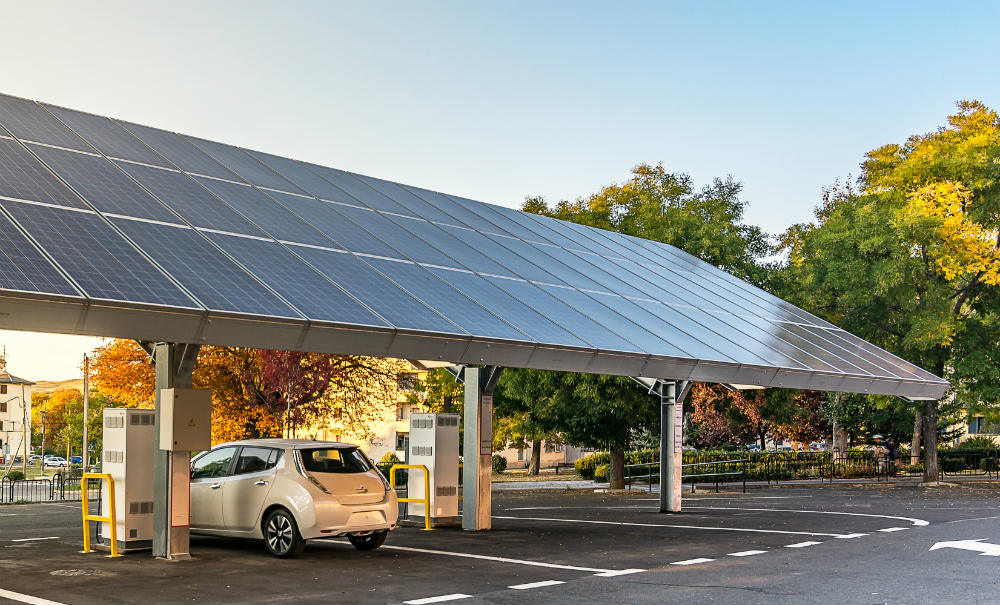 An electric car charging station powered by solar PV
An electric car charging station powered by solar PV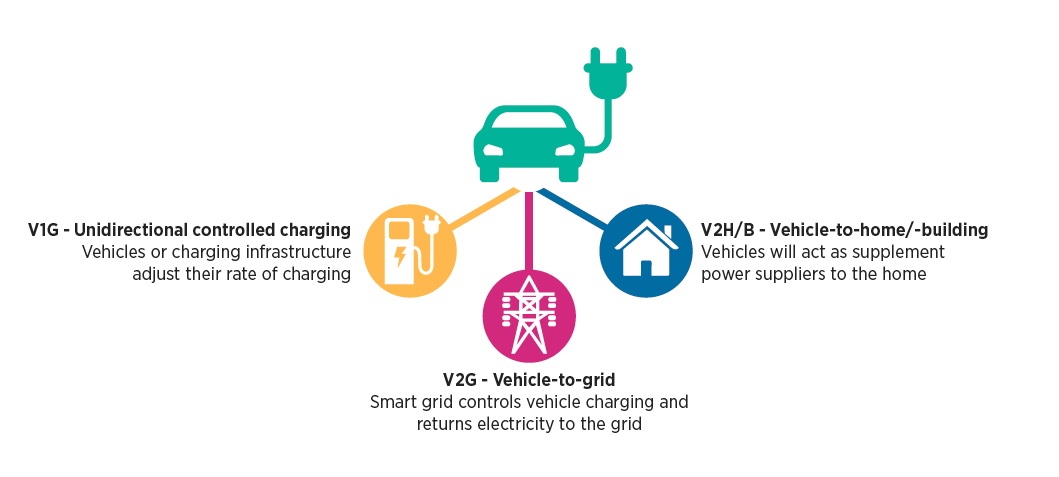

/https://www.thestar.com/content/dam/thestar/opinion/editorials/2019/12/10/ontario-should-restore-funding-to-legal-aid-system/downey.jpg) Doug Downey, Ontario’s Attorney General
Doug Downey, Ontario’s Attorney General 

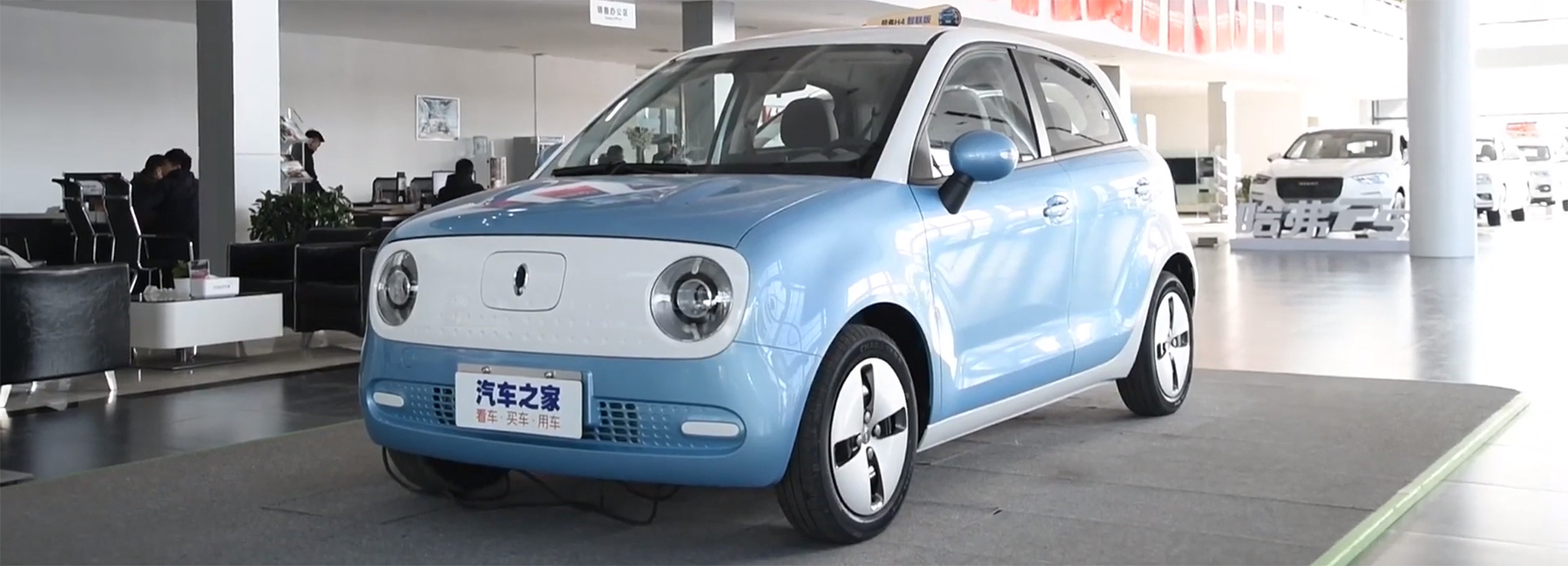
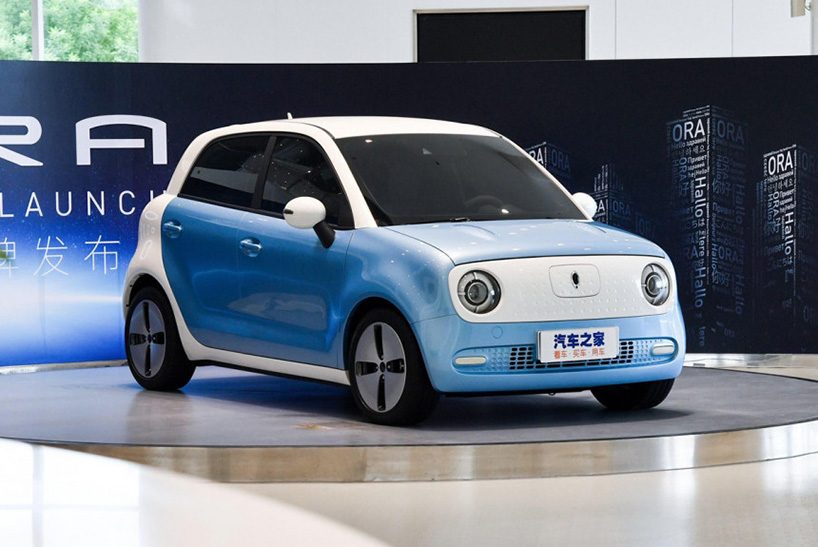 ORA stands for ‘open, reliable and alternative’ and is aimed at the young and upcoming city dweller (
ORA stands for ‘open, reliable and alternative’ and is aimed at the young and upcoming city dweller ( All images courtesy of great wall motor
All images courtesy of great wall motor
